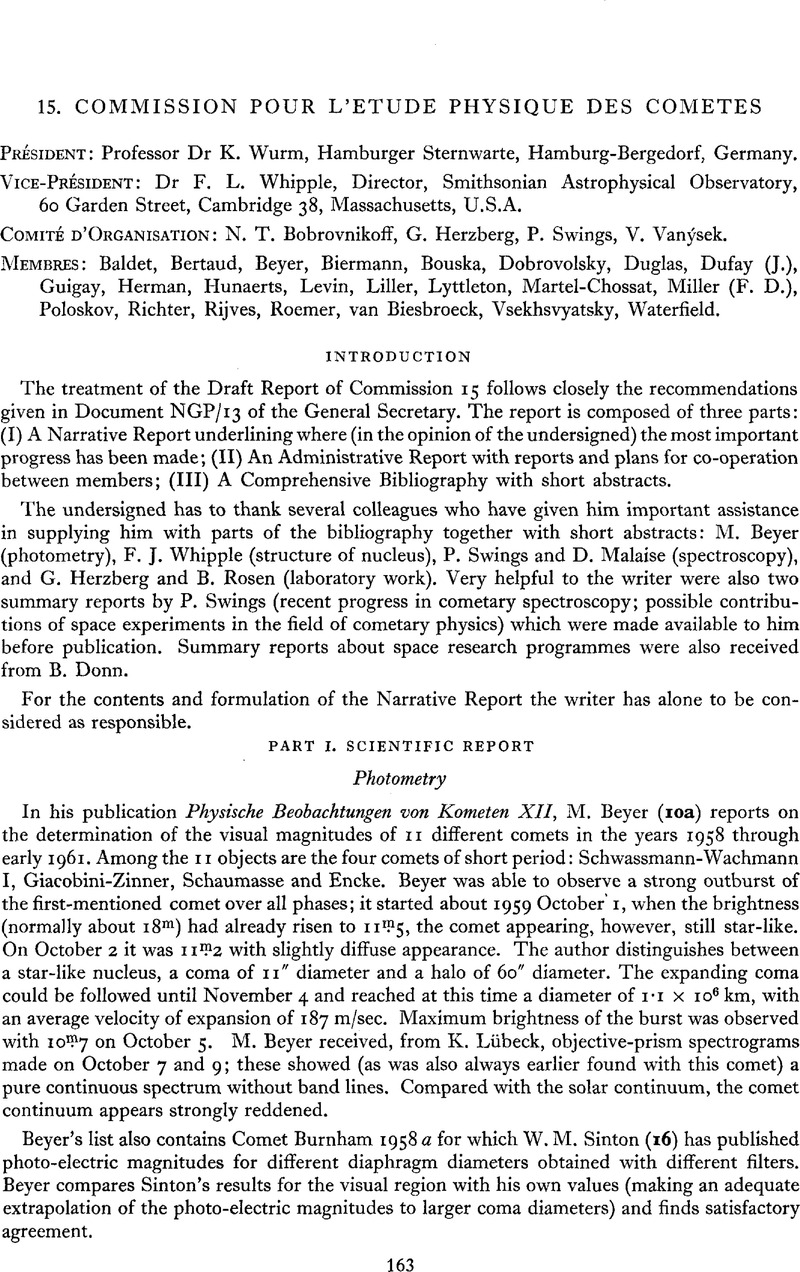No CrossRef data available.
Published online by Cambridge University Press: 16 November 2021

Note that short abstract of the quoted papers are indicated, in parentheses, after the reference; these are generally not the exact titles of the paper.
Books and monographs